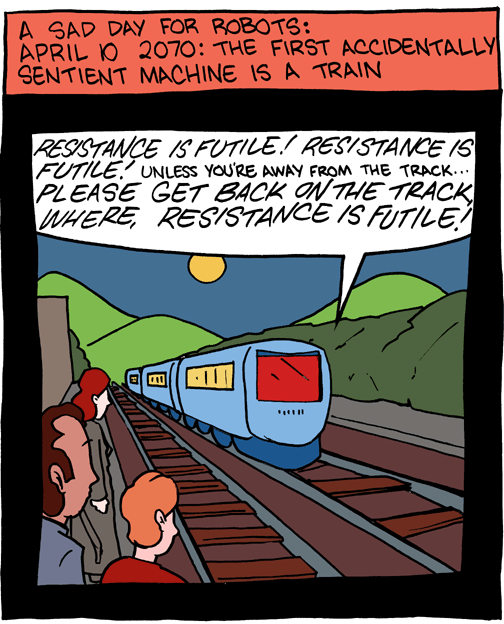Honolulu to Build Nation's First Fully Automated Transit System

The Honolulu Rail Transit Project will be a fully automated transit system that aims to reduce crippling traffic and allow for safer and more reliable travel across the area.
The Honolulu Authority for Rapid Transportation has begun planning for a transit system that operates without any human input. The goal of this system is to help alleviate the gridlock caused by nearly 1 million residents of the Hawaiian capital contributing to its traffic, which competes with Los Angeles for the title of worst in the country [http://scorecard.inrix.com/scorecard/keyfindings.asp].
HART's system, referred to as the Honolulu Rail Transit Project [http://www.honolulutransit.org/], is a 20-mile elevated rail line that will transport passengers between downtown and outlying communities. This alternative is expected to reduce traffic congestion by 18%, and reduce the number of automobiles on the road by 40,000. A fleet of four-car trains, with racks for both bicycles and surfboards, will be able to accommodate up to 800 riders. The cost of this project is estimated around $5.2 billion and is expected to be completed sometime in 2017.
Not only will the Honolulu Rail Transit Project be a first for Hawaii, it will also be the first fully automated wide-scale urban transport system in the United States. A centrally-located computer system will control stops, departures, speed, and even open and close doors independently. Dan Grabauskas [http://www.honolulutransit.org/hart/executive-director-ceo.aspx], executive director and CEO of HART, says the lack of human presence will allow the system to operate less expensively, and even safer. "There are transit systems where driver error has caused collisions or other incidents," he says. "The driverless operation we have is going to be very safe."
The move to automation also permits the system to be adjusted based on the amount of traffic during the day. System managers will also be able to increase the frequency of service, over the course of a 20-hour daily schedule, in response to demand. This means not just commuters stand to benefit, but tourists as well. Around 8 million people visit Hawaii during the course of the year, and HART might just persuade them to come back again and again.
Source: CityLab [http://www.citylab.com/tech/2014/09/honolulu-is-building-americas-first-fully-driverless-transit-system/380292/]
Permalink

The Honolulu Rail Transit Project will be a fully automated transit system that aims to reduce crippling traffic and allow for safer and more reliable travel across the area.
The Honolulu Authority for Rapid Transportation has begun planning for a transit system that operates without any human input. The goal of this system is to help alleviate the gridlock caused by nearly 1 million residents of the Hawaiian capital contributing to its traffic, which competes with Los Angeles for the title of worst in the country [http://scorecard.inrix.com/scorecard/keyfindings.asp].
HART's system, referred to as the Honolulu Rail Transit Project [http://www.honolulutransit.org/], is a 20-mile elevated rail line that will transport passengers between downtown and outlying communities. This alternative is expected to reduce traffic congestion by 18%, and reduce the number of automobiles on the road by 40,000. A fleet of four-car trains, with racks for both bicycles and surfboards, will be able to accommodate up to 800 riders. The cost of this project is estimated around $5.2 billion and is expected to be completed sometime in 2017.
Not only will the Honolulu Rail Transit Project be a first for Hawaii, it will also be the first fully automated wide-scale urban transport system in the United States. A centrally-located computer system will control stops, departures, speed, and even open and close doors independently. Dan Grabauskas [http://www.honolulutransit.org/hart/executive-director-ceo.aspx], executive director and CEO of HART, says the lack of human presence will allow the system to operate less expensively, and even safer. "There are transit systems where driver error has caused collisions or other incidents," he says. "The driverless operation we have is going to be very safe."
The move to automation also permits the system to be adjusted based on the amount of traffic during the day. System managers will also be able to increase the frequency of service, over the course of a 20-hour daily schedule, in response to demand. This means not just commuters stand to benefit, but tourists as well. Around 8 million people visit Hawaii during the course of the year, and HART might just persuade them to come back again and again.
Source: CityLab [http://www.citylab.com/tech/2014/09/honolulu-is-building-americas-first-fully-driverless-transit-system/380292/]
Permalink

